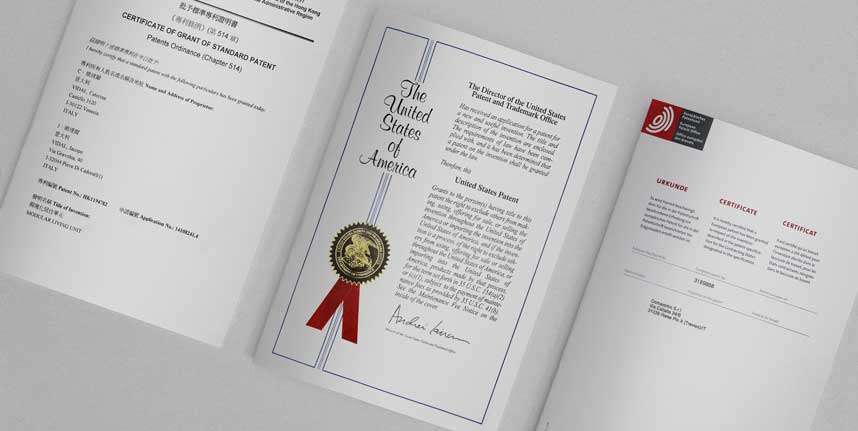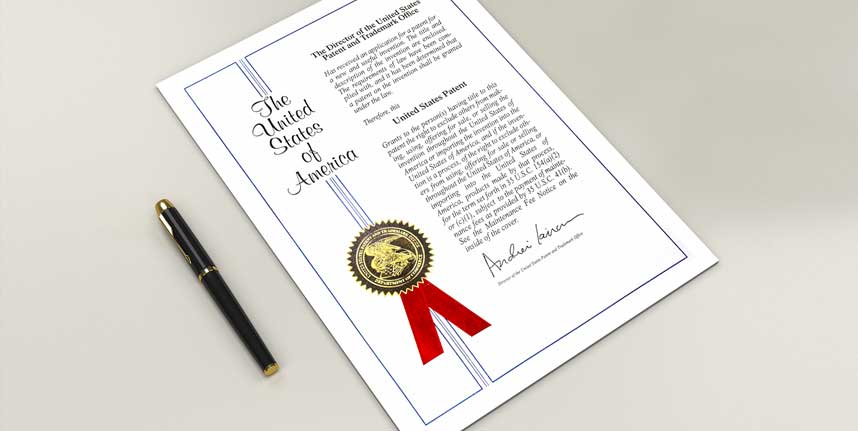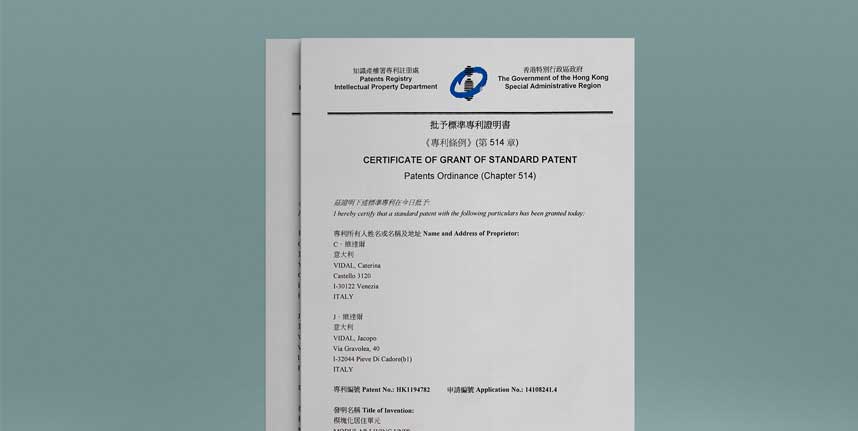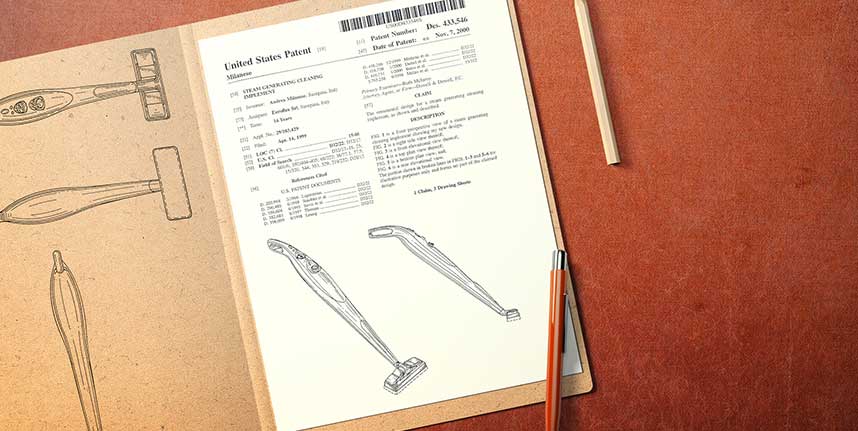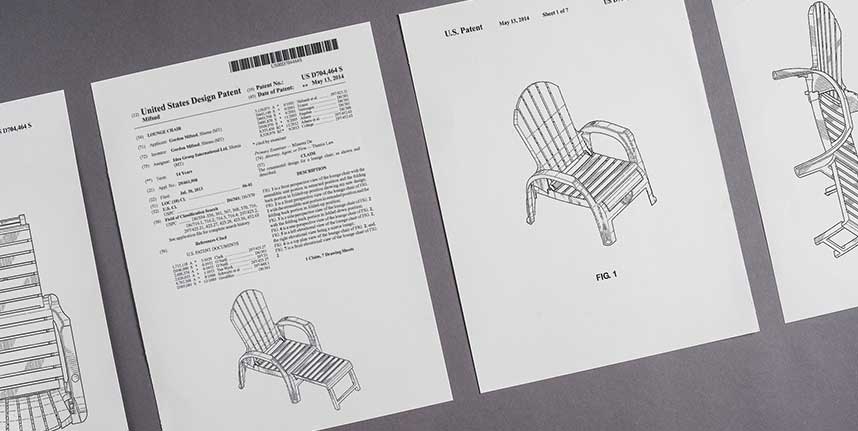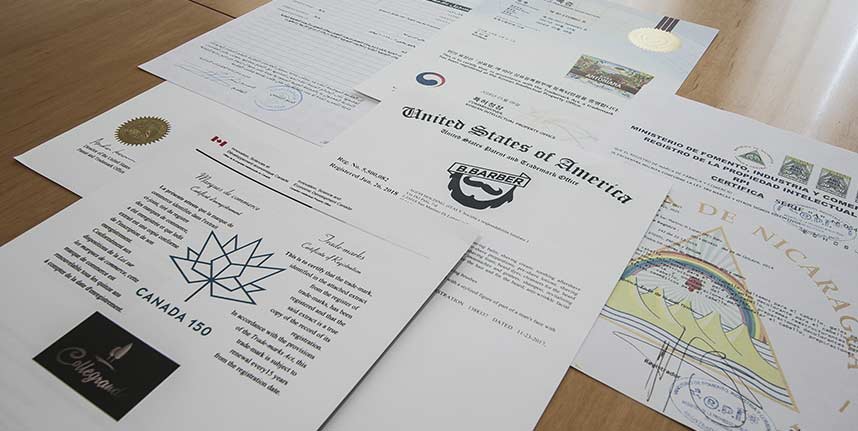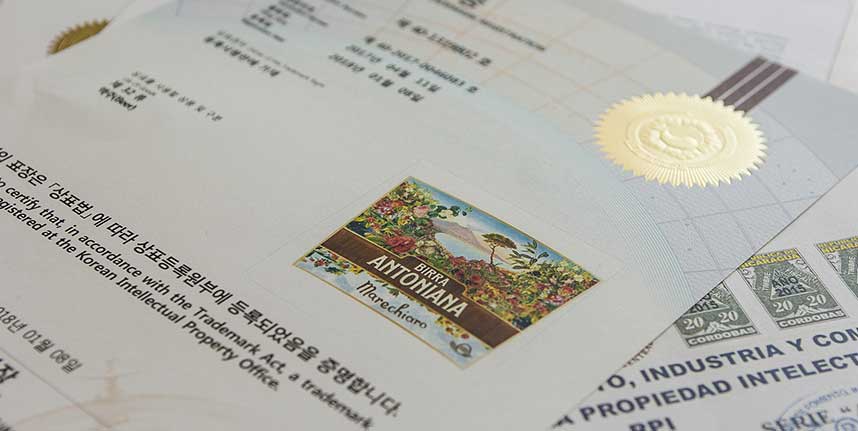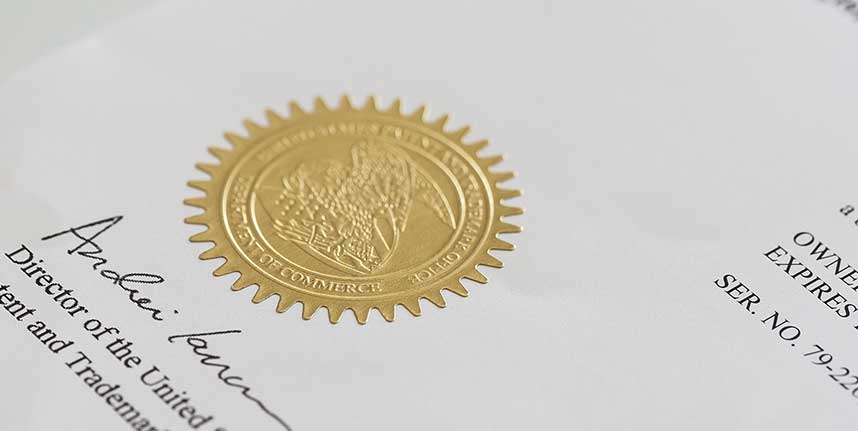An international trademark application can be filed on the basis of a national or European registration. A trademark can also be registered in one or more of the 118 countries that are party to the Madrid Agreement concerning the international registration of marks. Thus it will not be valid worldwide, but only in the selected countries. The World Intellectual Property Organization (WIPO) carries out a mere formal examination of the basic application and therefore does not issue decisions on the refusal of property rights.
After this formal examination, the WIPO registers and publishes the mark in its Global Brand Database. At this point the holders of similar trademarks in the countries chosen for designation of the mark may submit observations within a period of about 12 months, otherwise the mark shall be deemed to have been accepted in all the designated countries.
An international trademark is valid for ten years and can be renewed upon expiration.
Relevant regulation:
Madrid Agreement of 14 April 1891 and subsequent amendments
Protocol relating to the Madrid Agreement of 27 June 1989 and subsequent amendments
Foreign trademarks
The protection of a given trademark in a particular country can also be achieved by directly submitting the application to the relevant office in that country.
In this case, the application is filed at the national offices of the countries of interest by local associates, under the direct supervision of Ufficio Veneto Brevetti.
A mark usually lasts 10 years and is renewable; however, this does not apply to all countries. For example, Canadian trademarks are protected for 15 years, after which they can be renewed.






